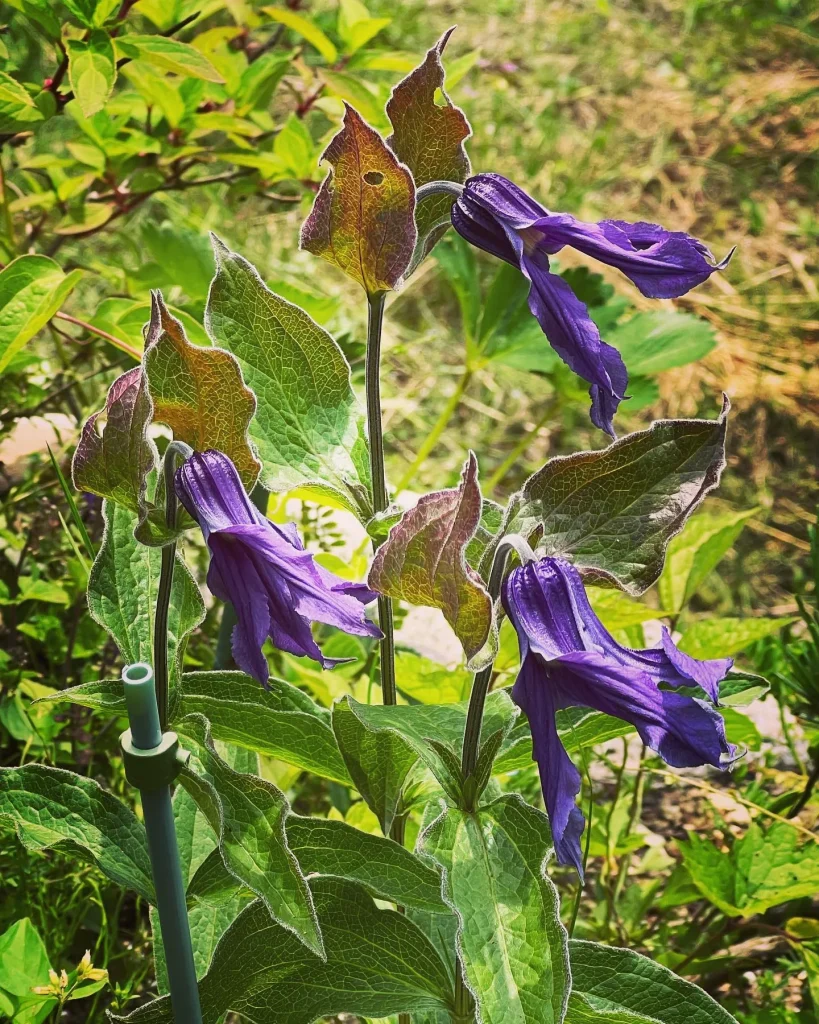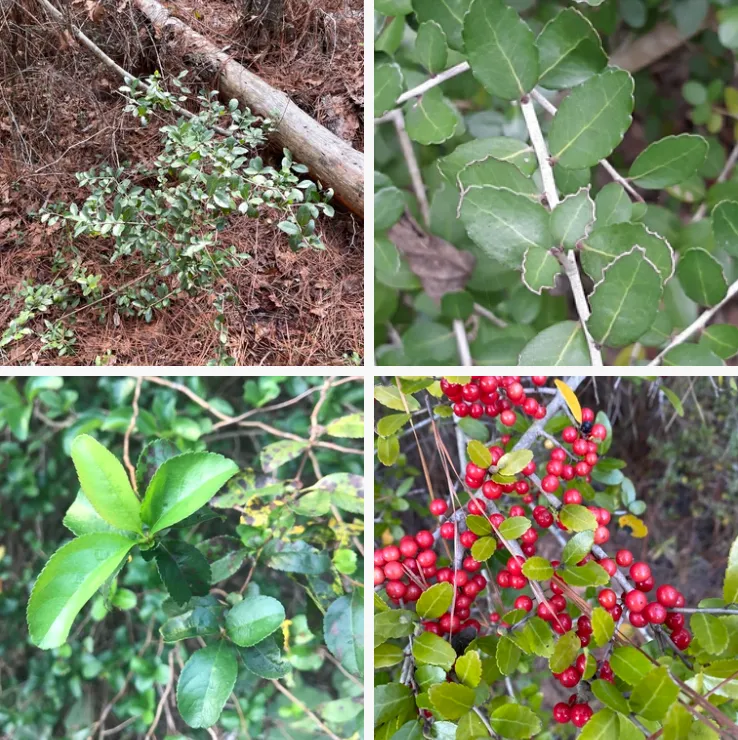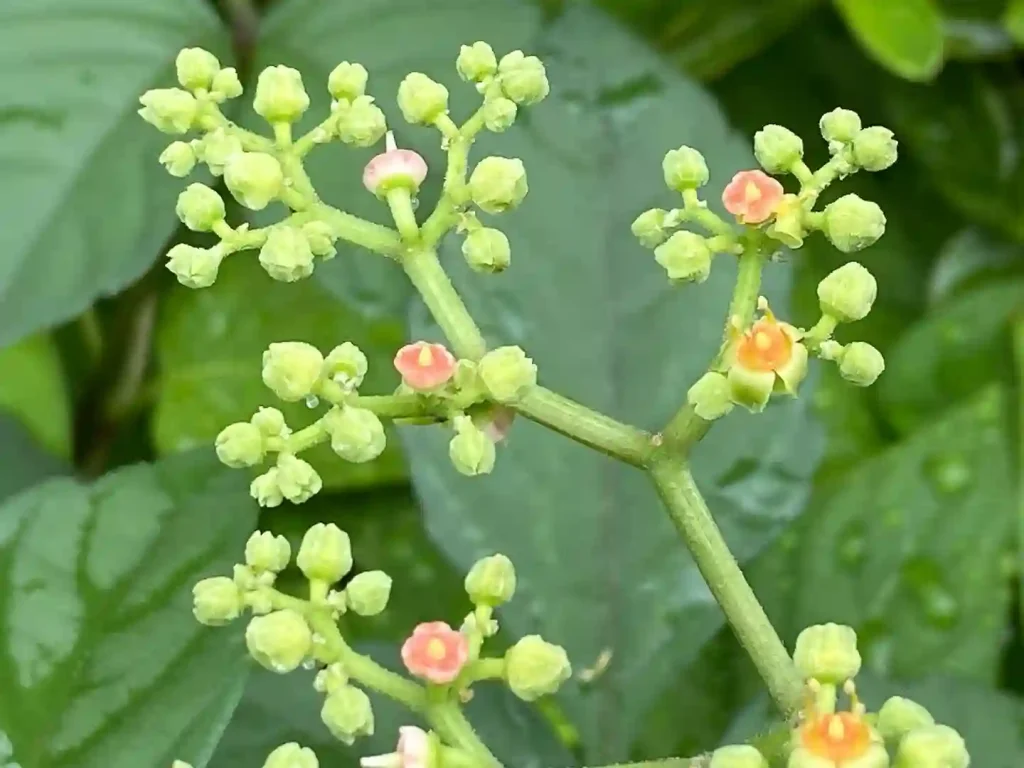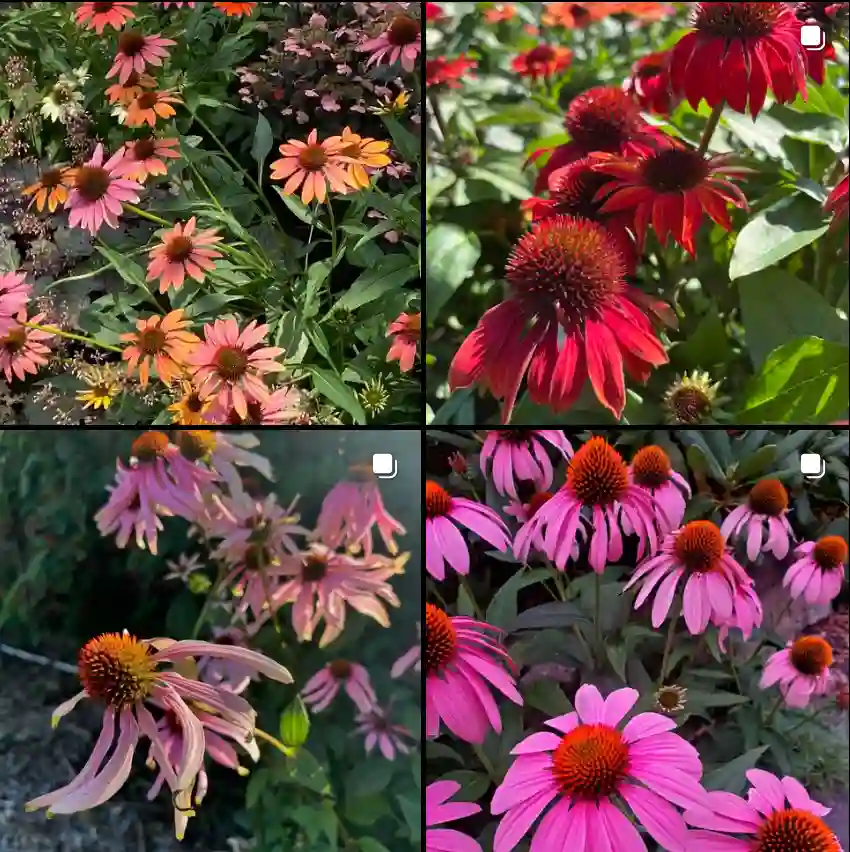Exploring the Fascinating Pentaphragmataceae Family
As a plant enthusiast, I’ve always found myself captivated by unique families in the botanical world. One such family that recently caught my attention is Pentaphragmataceae. This intriguing family comprises a single genus: Pentaphragma. My journey into the details of this family has led me to discover its distinctive features, habitats, and the role it plays in our ecosystems.
What is the Pentaphragmataceae Family?
The Pentaphragmataceae family, primarily composed of the Pentaphragma genus, is part of the larger order of Ericales. It’s a small family with a rich history and a very specific set of characteristics that make it stand out among other flowering plants. As I delved deeper into the family, I found that these plants are native to tropical regions, particularly in Southeast Asia.
Pentaphragma plants are mainly characterized by their unique morphology. The leaves are often thick and leathery, which helps them thrive in their native habitats. Additionally, the flowers are usually tubular and are adapted to attract specific pollinators. This specialization in form and function is something I truly admire in the plant kingdom.
The Genus Pentaphragma
Within the Pentaphragmataceae family, the Pentaphragma genus is where the magic happens. This genus contains several species, all of which exhibit a range of fascinating features. What piqued my interest the most was their impressive adaptability to their environments.
Species Diversity
There are a few notable species within the Pentaphragma genus that I want to highlight:
- Pentaphragma vanuatuense: Native to Vanuatu, this species showcases beautiful flowers that are well adapted to attract local pollinators. Their vibrant hues make them a stunning addition to any garden.
- Pentaphragma hainanense: Found in Hainan, China, this species is known for its larger flowers and unique leaf structures. I find it fascinating how different habitats shape the characteristics of plants within the same genus.
- Pentaphragma lehmannii: This species has a more restricted distribution and is endemic to certain areas. It’s always intriguing to discover how certain species thrive in isolated locations, adapting uniquely to their surroundings.
Ecological Importance
Exploring the ecological roles of Pentaphragma plants further deepened my appreciation for this family. They contribute significantly to their ecosystems, providing food and habitat for various pollinators and wildlife. Their tubular flowers are particularly suited for specific insects, ensuring efficient pollination.
In my own gardening endeavors, I have observed how crucial it is to have plants that support local wildlife. By incorporating plants like those from the Pentaphragma genus, I can enhance biodiversity in my garden and provide necessary resources for pollinators.
Cultivation and Care
If you’re as intrigued as I am and are considering incorporating Pentaphragma species into your collection, there are some essential cultivation tips to keep in mind.
Soil Requirements
Pentaphragma plants thrive in well-draining soils rich in organic matter. I’ve found that mixing potting soil with compost creates an ideal environment for growth. This combination provides the necessary nutrients while allowing excess water to escape, preventing root rot.
Light and Watering
These plants prefer bright, indirect light. In my experience, placing them near a window where they receive filtered sunlight works wonders. As for watering, it’s crucial to keep the soil slightly moist but not soggy. Overwatering can lead to various issues, including fungal diseases.
Temperature and Humidity
Being tropical plants, Pentaphragma species enjoy warm temperatures and high humidity. I’ve noticed that using a humidity tray or misting the plants occasionally helps maintain the necessary moisture levels, especially in drier climates.
The Future of Pentaphragmataceae
As I reflect on the future of the Pentaphragmataceae family, I’m optimistic. While many plant families face challenges due to climate change and habitat loss, there’s a growing interest in cultivating diverse plant species. The unique characteristics of Pentaphragma species make them ideal candidates for conservation efforts and home gardens alike.
Conclusion
In my exploration of the Pentaphragmataceae family, I’ve discovered a wealth of knowledge about the Pentaphragma genus. Its unique adaptations, ecological roles, and beauty have captured my interest and inspired me to learn more about the world of plants. By incorporating these fascinating species into our gardens, we not only enhance our landscapes but also contribute to the health of our ecosystems.
If you’re a plant lover like me, I encourage you to delve into the world of Pentaphragmataceae. You might just find a new favorite in the vibrant and unique plants of the Pentaphragma genus. Happy gardening!
If i die, water my plants!



